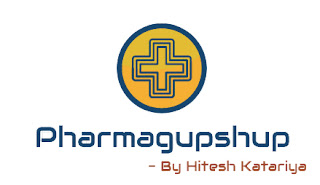 This book is an introduction to computational chemistry, molecular mechanics, and molecular orbital calculations, using a personal microcomputer. No special computational skills are assumed of the reader aside from the ability to read and write a simple program in BASIC. No mathematical training beyond calculus is assumed. A few elements of matrix algebra are introduced in Chapter 3 and used throughout. The treatment is at the upperclass undergraduate or beginning graduate level. Considerable introductory material and material on computational methods are given so as to make the book suitable for self-study by professionals outside the classroom. An effort has been made to avoid logical gaps so that the presentation can be understood without the aid of an instructor. Forty-six self contained computer projects are included.
This book is an introduction to computational chemistry, molecular mechanics, and molecular orbital calculations, using a personal microcomputer. No special computational skills are assumed of the reader aside from the ability to read and write a simple program in BASIC. No mathematical training beyond calculus is assumed. A few elements of matrix algebra are introduced in Chapter 3 and used throughout. The treatment is at the upperclass undergraduate or beginning graduate level. Considerable introductory material and material on computational methods are given so as to make the book suitable for self-study by professionals outside the classroom. An effort has been made to avoid logical gaps so that the presentation can be understood without the aid of an instructor. Forty-six self contained computer projects are included.The book divides itself quite naturally into two parts: The first six chapters are on general scientific computing applications and the last seven chapters are devoted to molecular orbital calculations, molecular mechanics, and molecular graphics. The reader who wishes only a tool box of computational methods will find it in the first part. Those skilled in numerical methods might read only the second. The book is intended, however, as an entity, with many connections between the two parts, showing how chapters on molecular orbital theory depend on computational techniques developed earlier. Use of special or expensive microcomputers has been avoided. All programs presented have been run on a 8086-based machine with 640 K memory and a math coprocessor. A quite respectable academic program in chemical microcomputing can be started for about $1000 per student. The individual or school with more expensive hardware will find that the programs described here run faster and that more visually pleasing graphics can be produced, but that the results and principles involved are the same. Gains in computing speed and convenience will be made as the technology advances. Even now, run times on an 80386-based machine approach those of a heavily used, time-shared mainframe. Sources for all program packages used in the book are given in an appendix. All of the early programs (Chapters 1 through 7) were written by the author and are available on a single diskette included with the book. Programs HMO and SCF were adapted and modified by the author from programs in FORTRAN II by Greenwood (Computational Methods for Quantum Organic Chemistry, Wiley Interscience, New York, 1972). The more elaborate programs in Chapters 10 through 13 are available at moderate price from Quantum Chemistry Program Exchange, Serena Software, Cambridge Analytical Laboratories and other software sources [see Appendix].
“Several chapters in this book are based on articles that appeared in American Laboratory from 1981 to 1988.”


0 comments:
Post a Comment